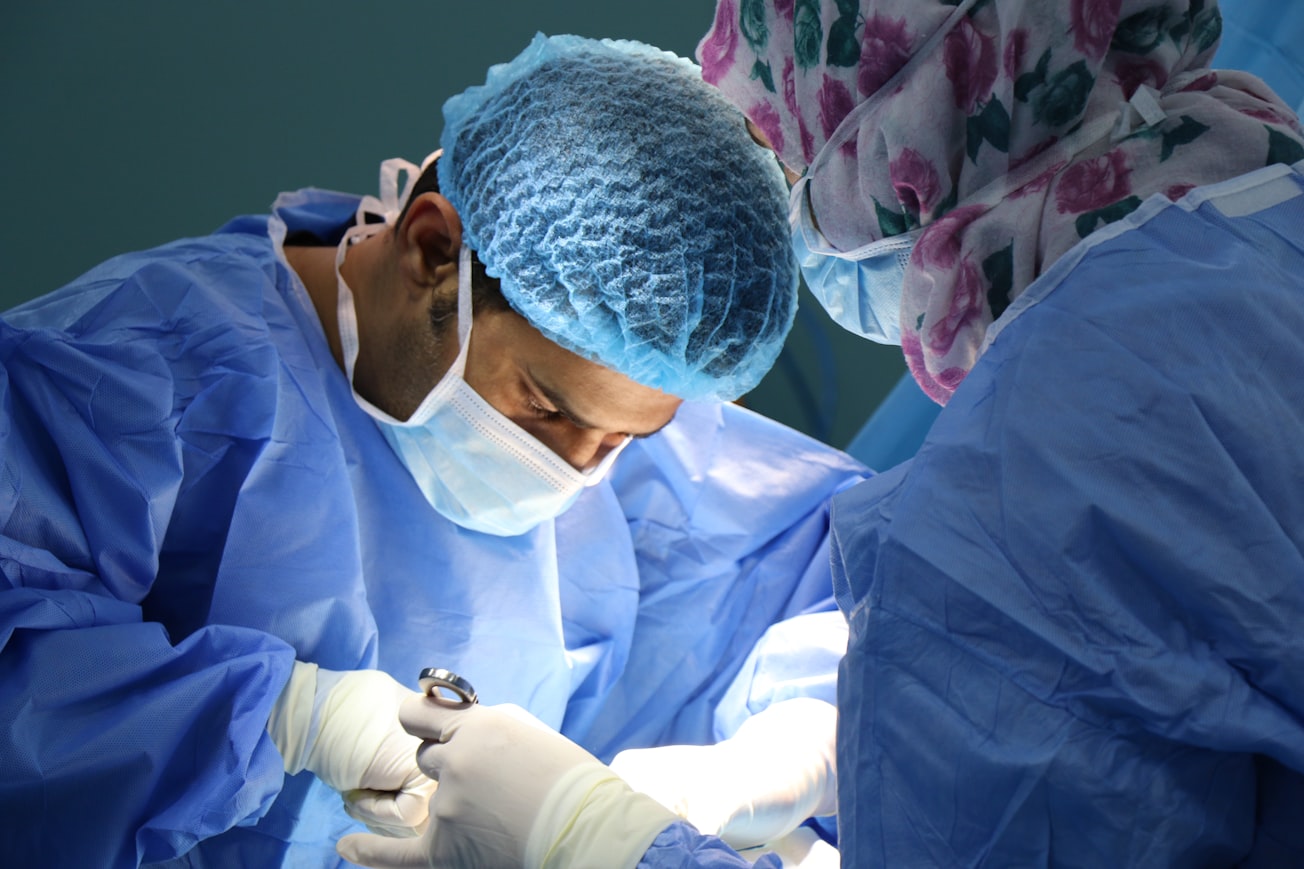What is it about?
The optimal pedicle screw density for thoracic AIS curve correction is controversial. Placing more implants are thought to be associated with better deformity correction in coronal, sagittal, or axial plane correction, but not proven. We reviewed a database of patients with AIS with Lenke 1 and 2 curves treated with PSF without Ponte Osteotomies and instrumented with pedicle screws and more than 2-year follow-up. This study revealed no significant correlation between screw density and curve correction in any of the 3 planes. High Density construct may not provide better deformity correction.
Featured Image

Photo by JAFAR AHMED on Unsplash
Why is it important?
There are very few previous studies that have assessed vertebral rotation and rib hump deformity correction with pedicle screws (PS) in scoliosis surgery. Greater pedicle screw density and use of osteotomies have been thought to improve correction. In this study, we focused on three-dimensional deformity correction in Posterior Spinal Fusion without the use of Ponte Osteotomies in thoracic idiopathic scoliosis, and found that lower implant densities show equivalent results.
Perspectives
Sparingly but judiciously placed pedicle screws may allow deformity correction in all 3 planes without needing osteotomies in idiopathic scoliosis. Lower pedicle screw density means lower costs, lesser operative times, lower blood loss, and lower chances of implant malposition-related complications.
Dr Chirag A Berry
University of Cincinnati
Read the Original
This page is a summary of: Does Implant Density Impact Three-Dimensional Deformity Correction in Adolescent Idiopathic Scoliosis with Lenke 1 and 2 Curves Treated by Posterior Spinal Fusion without Ponte Osteotomies?, Asian Spine Journal, May 2021, Asian Spine Journal (ASJ),
DOI: 10.31616/asj.2020.0398.
You can read the full text:
Resources
Contributors
The following have contributed to this page







